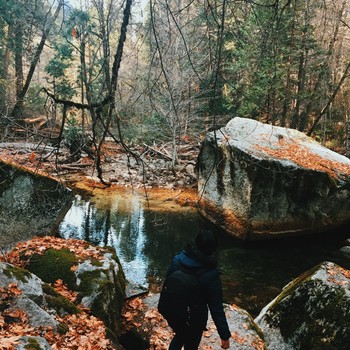How does phosphorus cycle begin?
1 Answer
Sedimentary Rock
Explanation:
The phosphorus cycle differs from the other major biogeochemical cycles in that it does not include a gas phase; although small amounts of phosphoric acid (H3PO4) may make their way into the atmosphere, contributing—in some cases—to acid rain. The water, carbon, nitrogen and sulfur cycles all include at least one phase in which the element is in its gaseous state. Very little phosphorus circulates in the atmosphere because at Earth’s normal temperatures and pressures, phosphorus and its various compounds are not gases. The largest reservoir of phosphorus is in sedimentary rock.
It is in these rocks where the phosphorus cycle begins. When it rains, phosphates are removed from the rocks (via weathering) and are distributed throughout both soils and water. Plants take up the phosphate ions from the soil. The phosphates then moves from plants to animals when herbivores eat plants and carnivores eat plants or herbivores. The phosphates absorbed by animal tissue through consumption eventually returns to the soil through the excretion of urine and feces, as well as from the final decomposition of plants and animals after death.

